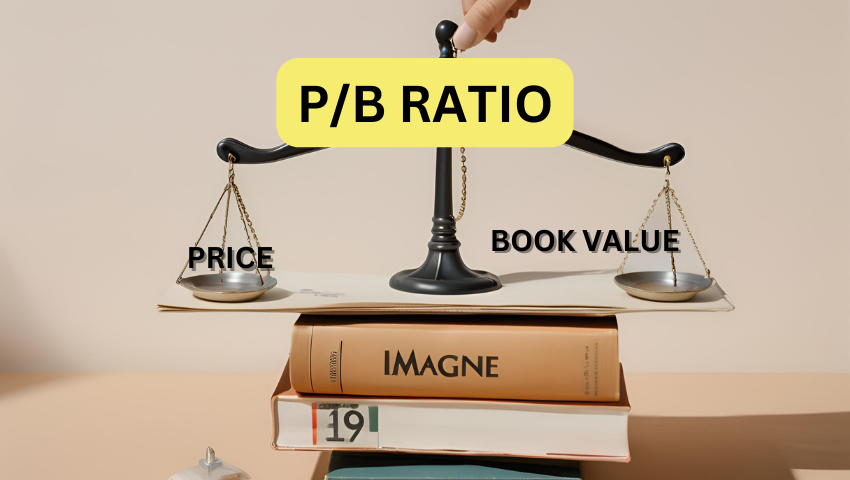- Asset Value Comparison: It compares a company’s market value to its tangible asset value. A low ratio may mean the stock is undervalued, while a high one may suggest overvaluation.
- Financial Health Assessment: A low ratio could mean the stock is priced below its asset value, offering a safety net for investors. But remember to consider other factors like earnings and growth potential.
Book Value Analysis: Book value per share shows a company’s net worth per share, reflecting its tangible assets minus liabilities. Monitoring changes in book value over time gives insights into financial health and management efficiency.
Evaluating Book Value:
- Tangible Assets: Book value includes physical assets like buildings and cash, giving a conservative estimate of a company’s worth.
- Intangible Assets: It might not fully capture intangible assets like brand value, which can also impact a company’s value.
Comparative Analysis: Comparing book value per share with peers and historical trends helps spot strengths and weaknesses.
Using P/B Ratio in Investment Analysis:
- Value Investing: Low P/B ratios may attract investors seeking undervalued stocks.
- Industry Comparison: Comparing P/B ratios within the same industry helps understand relative valuations.
- Risk Considerations: While a low P/B ratio might signal value, consider other factors like debt and growth potential for a complete picture.
How Stocksphi Assists Investors
Stocksphi offers valuable tools and analysis to aid investors in utilizing the P/B ratio effectively:
- Comparative Analysis: Stocksphi provides industry benchmarks and peer comparisons, enabling investors to assess a company’s P/B ratio in context.
- Historical Data: Access to historical P/B ratios and book value trends helps investors track changes in asset valuation and make informed investment decisions.
- Risk Mitigation: Stocksphi’s comprehensive analysis helps investors identify undervalued assets and potential risks associated with book value discrepancies.
In short, the P/B ratio is a handy tool for investors to gauge a company’s market value against its assets. It’s just one piece of the puzzle in making smart investment decisions.




 by Rosalina William
by Rosalina William